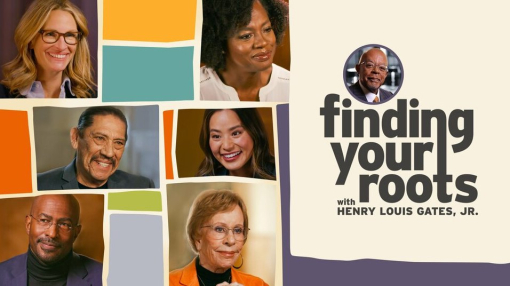Before Netflix started its streaming service in 2007, before Hulu launched in 2008, Red Nation Television Network beat them to it.
In 2006, Red Nation Television Network — the brainchild of Native actress-director-producer Joanelle Romero, CEO-founder-owner-president of Red Nation Celebration Institute — kicked off the world's first Native Indigenous streaming entertainment media company and streaming service.
"My first lead role was in 1977 [in the TV movie The Girl Called Hatter Fox]," Romero says. "It was the first contemporary Native woman story ever told, and I had the lead in Pow Wow Highway [1988] — which was the last film George Harrison produced before he passed. But as an artist, an actor, a director and producer, I got tired of waiting to be included and welcomed to the table. So, I said, 'I'll create my network. Why not?'"
Initial demand for RNTN was so high that the platform crashed upon launch.
Free for its first few years, the service reached 10 million viewers in 37 countries at its peak. Those figures dipped once paid subscriptions were instituted in 2010 (the current rate is $4.99/month, or $45/year), but Romero believes Red Nation's investment in original content — plus all films from November's Red Nation International Film Festival, which stream throughout the month — will attract new subscribers.
"We've always had our own original content," Romero says. "We've had our award ceremony broadcast since 2013 — that's when we started broadcasting The Red Nation Celebration Institute's Red Nation Awards. We have original content including The Conversation Series, with A-list celebrities, Native celebrities, environmentalists, activists and such. And we have a news channel. Red Nation Television Network has everything for everyone, from movies, to documentaries, to environmental films, social justice films."
Romero also notes that the platform will soon add 1,000 more titles to the service, releasing a few each week. "We have Kiss the Ground, and we're negotiating to get TV shows out of Canada. There's a lot going on. I'm really excited about the future of our network."
Red Nation Television Network remains ad-free for now, but Romero hasn't ruled out the idea of an ad-supported version. She is also mindful of the significant issues facing Indigenous creators in this space: Hollywood struggles to market their work to the Native audience, which spans some 574 federally recognized Indigenous Nations in the United States alone.
"There's a huge audience for our narrative — that's a fact," Romero says, noting that audience includes the non-Native populace, too. "People want to know our stories, they want to experience us. All the stories are relatable, especially today in 2023. The great thing about [feature films like] Killers of the Flower Moon and Oppenheimer is that — even though Oppenheimer just touches on what happened with our Pueblo people in New Mexico — these two films are healing history. They're opening the door for a whole new array of films and documentaries to be made."
As with most Hollywood decisions, it all comes down to money. "Hopefully, in the near future, we'll have funding to launch TV series, because we have the talent," she says. "And over the last three years, we've proven that we're bankable with [stories like] Dark Winds, Reservation Dogs, Prey, Wild Indian and Rutherford Falls."
As for the future, Romero believes Red Nation TV "would grow a lot faster if we had an angel investor, and I think that that's going to happen soon, because interest is really strong for our narrative right now. I feel really good about what's going on, and I don't mind that it's having a slow evolution."
At the heart of that evolution, for Romero, is providing audiences with accurate representation of the Indigenous experience.
"Representation matters," she says. "And our network is comprised of Natives in charge of our narrative. We're not waiting to be invited to the table. Ever. On anything. We're building our own table."
This article originally appeared in emmy magazine issue 11, 2023
Read more on Native American inclusion in the television industry.












